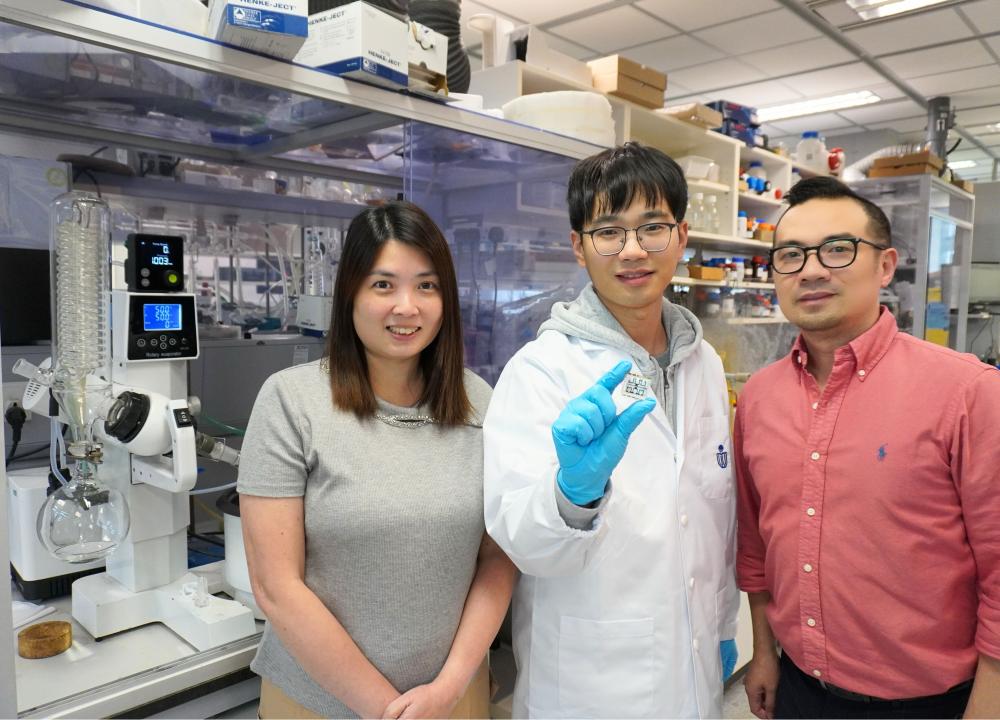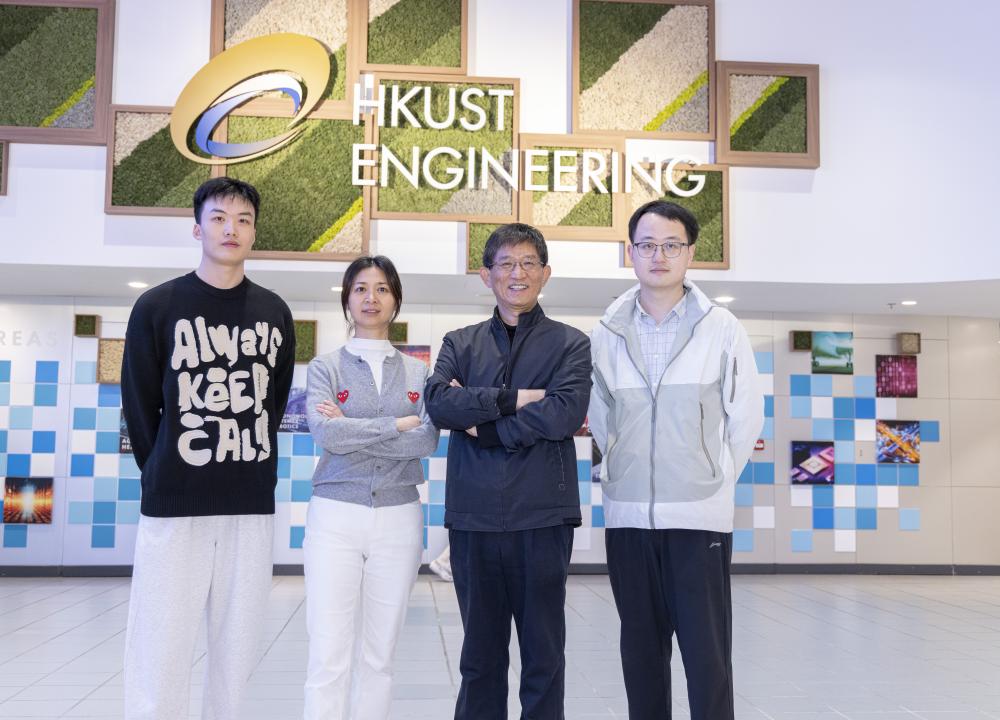HKUST Researchers Develop Low-cost and Multifunctional Microprinter for Ultrafast Piezoelectric Material Printing
A research team led by The Hong Kong University of Science and Technology (HKUST) has developed a microprinter that can print piezoelectric films 100 times faster for the production of microelectromechanical systems (MEMS) for sensors, wearable or implantable medical devices, offering the possibility to lower the mass production costs.
The microprinter, built at a comparatively lower cost as compared with other printers on the market, utilizes an electrostatic field to propel streams of ink onto a platform, allowing for efficient manipulation of thin film patterns and enhanced printing speed to address the challenge of mass production and control of structures and feature sizes.
Nanoparticles, films, and patterns are three critical piezoelectric elements with widespread applications in sensing, actuation, catalysis, and energy harvesting. Mass Production of these elements remains a challenge to date as exerting control of these structures and feature sizes on various substrates is a complicated process. Amidst of the ongoing surge in demand for MEMS, wearable/implantable electronics, miniaturized portable devices, and the Internet of Things, the pursuit of piezoelectric materials, thanks to their intrinsical property of coupling mechanical and electrical energy, has become a priority and interest for many.
Until recently, the novel microprinter developed by the HKUST research team has represented a significant step toward ultrafast and large-area additive micromanufacturing of 3D objects with virtually any composition and adjusted microstructure and functionality.
In their experiment, the team led by Prof. YANG Zhengbao, Associate Professor at the Department of Mechanical & Aerospace Engineering at HKUST, constructed a 3D microprinting mechanism utilizing a spiny disc connected to a needle and a power supply. Once the team creates an electrostatic field that is powerful enough to serve as a propellant, streams of ink would then be cone-jetting onto a platform, forming micro patterns just like how streams of charged droplets are ejected from the tips of raindrops in a thunderstorm.
Through the efforts of the team, the manufacturing speed has been enhanced by a factor of 100, allowing for efficient manipulation of thin film patterns similar to semiconductor lithography. For instance, a 10 μm-thick PZT film on a 4-inch Si wafer can be fabricated in just 10 minutes using the printer, with minimal material wastage. This breakthrough technique is applicable in manufacturing the piezoelectric component inside microphones, clinical ultrasound probes, and thin-film solar panels, with the expectation to reduce the production cost of related products.
“Our microprinter shows printing capability for wide-ranging classes of materials such as dielectric ceramic, metal nanoparticles, insulating polymers, and biological molecules,” Prof. YANG said. “It boasts the fastest speed in existing techniques for piezoelectric micrometer-thick films, and the PZT films we produced demonstrate excellent piezoelectric properties compared to current ones in the market. This new, affordable model of precision printing with features measurable at ~20 μm is surely going to bring benefits to many in the scientific world, and would lead to many breakthroughs that were previously thought impossible.”
Meanwhile, the microprinter has reached a stage where it is prepared for large-scale production, which costs only HKD 6,000, one of the lowest-cost options compared to others available on the market. The team is focused on integrating the printer with roll-to-roll substrate receiving systems to enable potential commercial applications. Additionally, they are actively seeking collaborations with commercial partners to enhance its market presence further.
“Current micromanufacturing technologies cannot achieve high-speed, versatile manufacturing of diversified piezoelectric elements and at the same time allow control of their dimensions, structures, and functionality,” added Prof. Yang. “Additionally, the cost and complexity of manufacturing equipment that enables fabricating micrometer features are prohibitive for large-scale production.”
This study is a collaborative work with City University of Hong Kong. Their findings were recently published in the journal Nature Communications.













